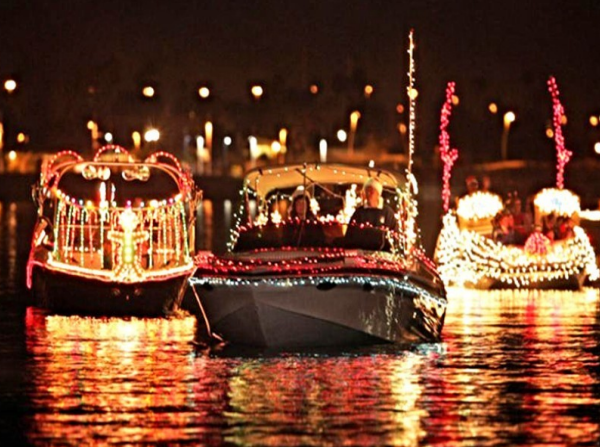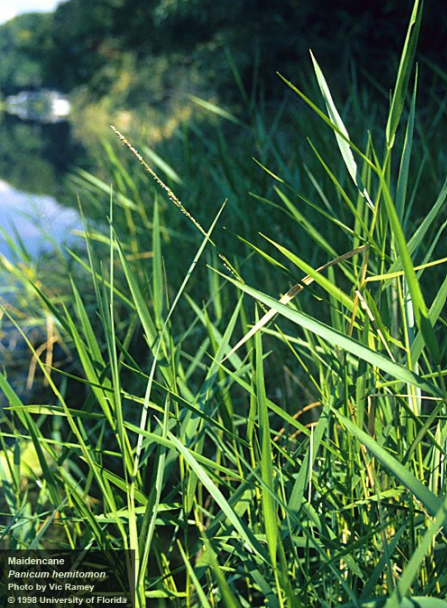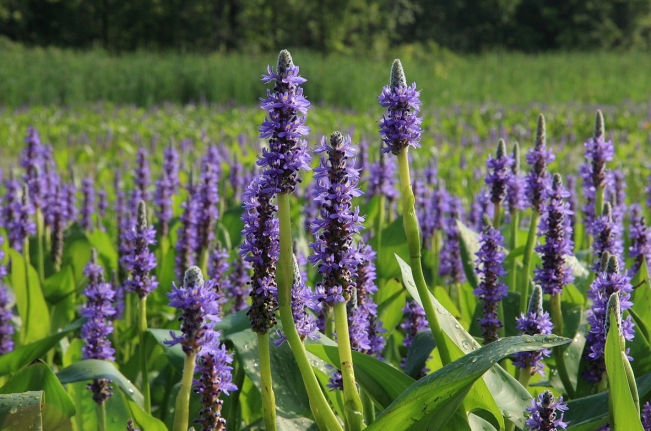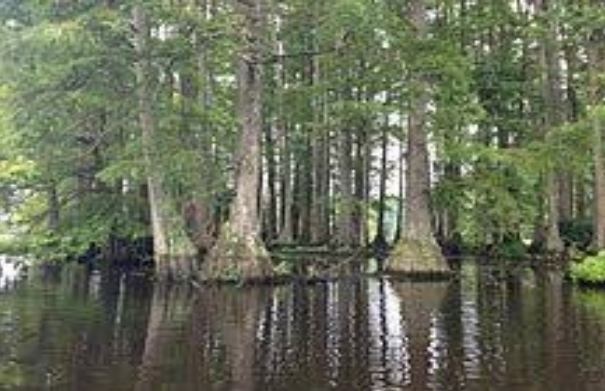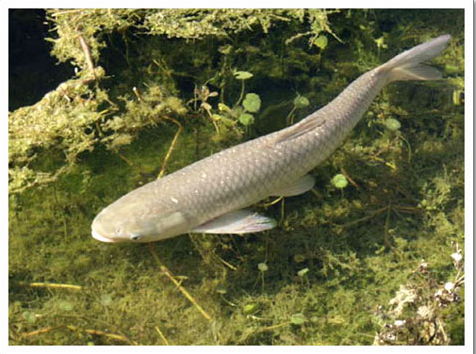February 5, 2023
JLA Advocates for Johns Lake at Oakland Town Meeting Discussing Major Issues with the Outfall Canal (Feb. 2023)
Rich Eicher
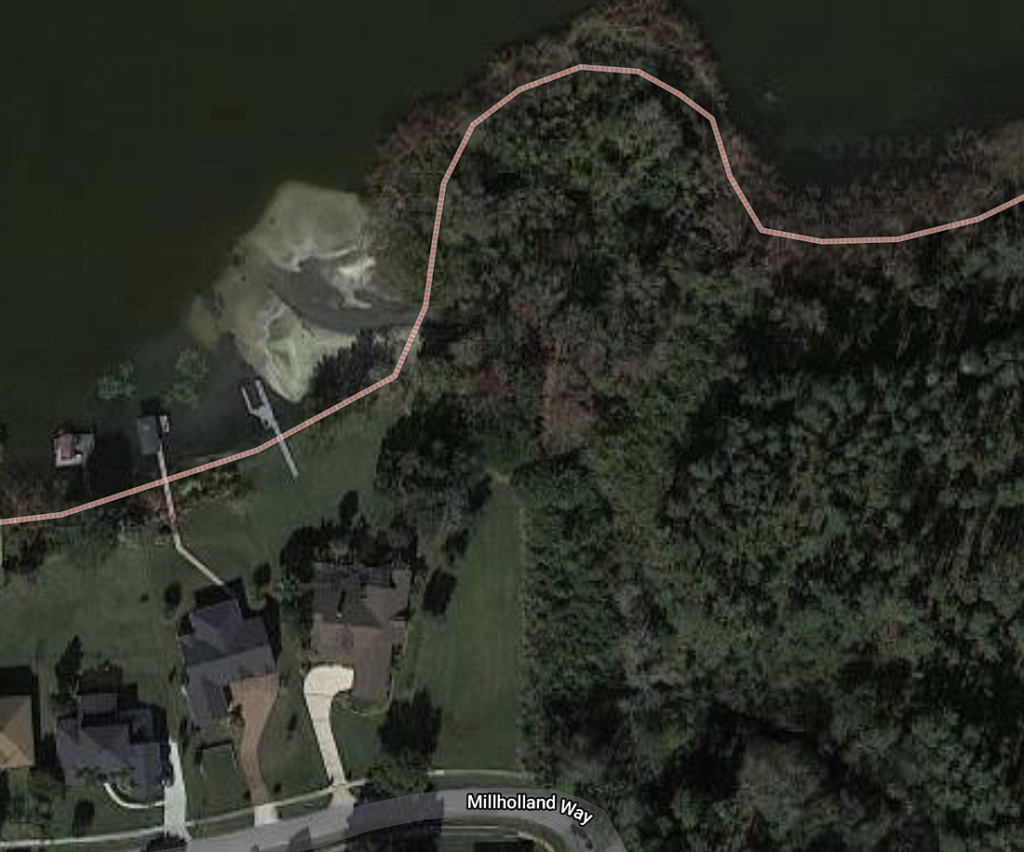
According to an article published by the WEST ORANGE TIMES & OBSERVER (Feb 1, 2023), “The town of Oakland has agreed to lead the mission to determine what course of action needs to take place to remedy the serious property issues that have arisen because of changing flow patterns in the Johns Lake Outfall Canal — and exactly who will be responsible for the costs. Commissioner Mike Satterfield stepped up to lead the discussions during the Tuesday, Jan. 24, Oakland Town Commission meeting.”
In the article, Town Manager Steve Koontz is reported to have said “there are two major aspects to the outfall canal issues: the rerouting of the flow, slowing down the velocity of the water and the removal of sediment at the terminus of the canal; and the long-term funding, stabilization and maintenance of the entire length of the canal.”
Johns Lake Association (JLA) president, Rick Steubing, and board member Scott Boyd attended and advocated for Johns Lake at the meeting. Critical will be plans and funding for ongoing upkeep, maintenance, and repairs of the canal, not only for the benefit of Lake Apopka homeowners but also for Johns Lake homeowners as well.
The full article written by Amy Quesinberry can be found here.
This has been an important issue for many years. The former president of the JLA, John Schmidt, has published several informative articles over the past few years, including the JOHNS LAKE OUTFALL STUDY (Oct. 2019), the JOHNS LAKE DRAINAGE STUDY UPDATE (Feb. 2020), and the JOHNS LAKE OUTFALL STUDY UPDATE (Oct. 2020).


